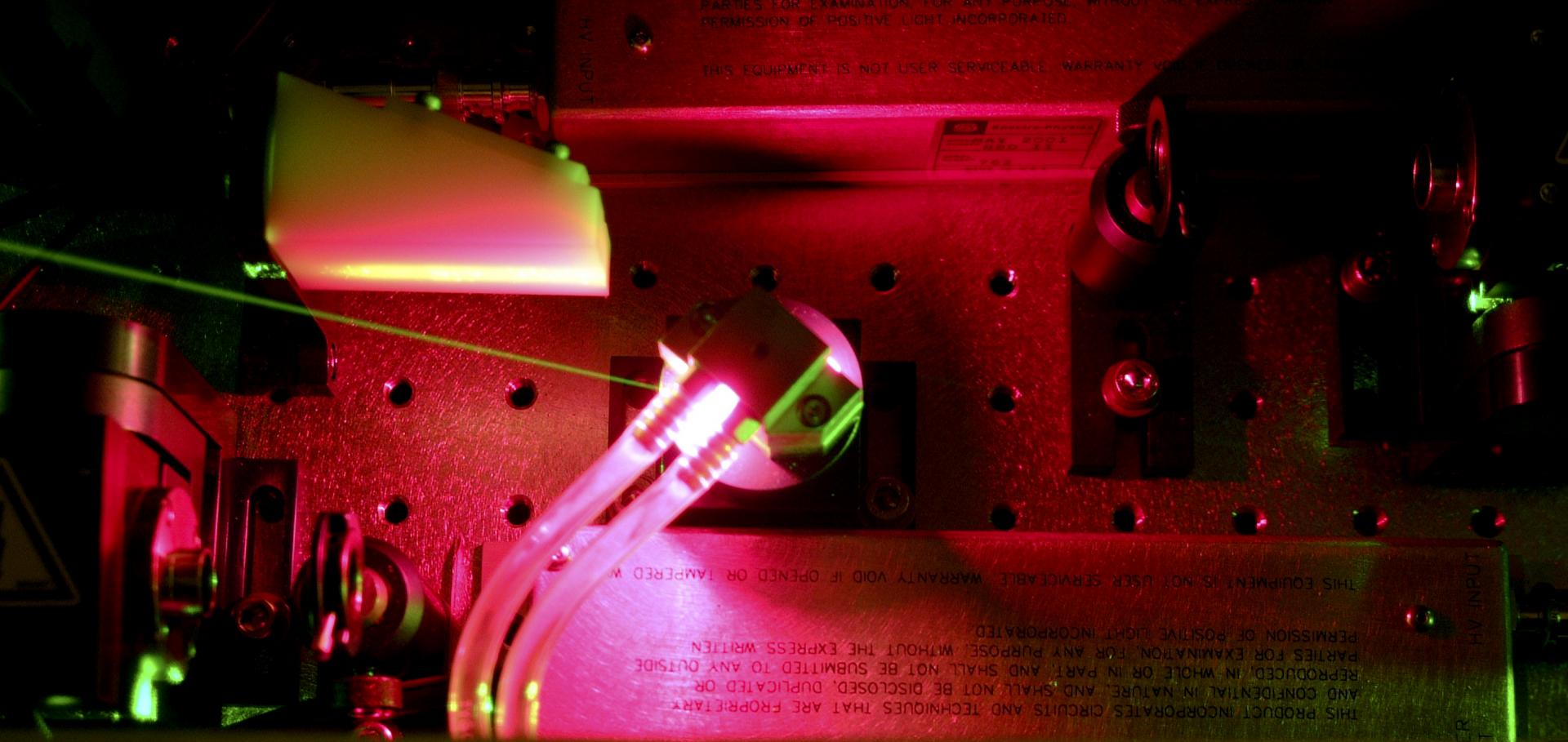Complete spatial characterization of an optical wavefront using a variable-separation pinhole pair
(2013)
Quasi-phase-matching of high-order-harmonic generation using polarization beating in optical waveguides
(2013)
Polarization-controlled quasi-phase-matching of high harmonic generation
EPJ Web of Conferences 41 (2013)
Abstract:
A new class of quasi-phase matching high harmonic generation is proposed where the polarization of the driving field is controlled in a waveguide. The first circularly polarized quasi-phase matched source is shown to be possible. © Owned by the authors, published by EDP Sciences, 2013.Quasi-phase-matching of high harmonic generation using counter-propagating pulses
EPJ Web of Conferences 41 (2013)
Abstract:
We investigate quasi-phase-matching over a range of harmonic orders using trains of up to 8 uniformly-spaced counter-propagating pulses. For trains of up to 4 pulses the measured enhancement of the harmonic signal scales with the number of pulses N as (N+1)2, as expected. However, for trains with N > 4, no further enhancement of the harmonic signal is observed. The effect is ascribed to changes in the coherence length with the generating medium. The pressure dependence of quasi-phase-matching is also investigated and it is found that additional peaks in the harmonic intensity are consistent with higher-order QPM processes. © Owned by the authors, published by EDP Sciences, 2013.Complete spatial characterization of an optical wavefront using a variable-separation pinhole pair.
Opt Lett 38:7 (2013) 1173-1175


